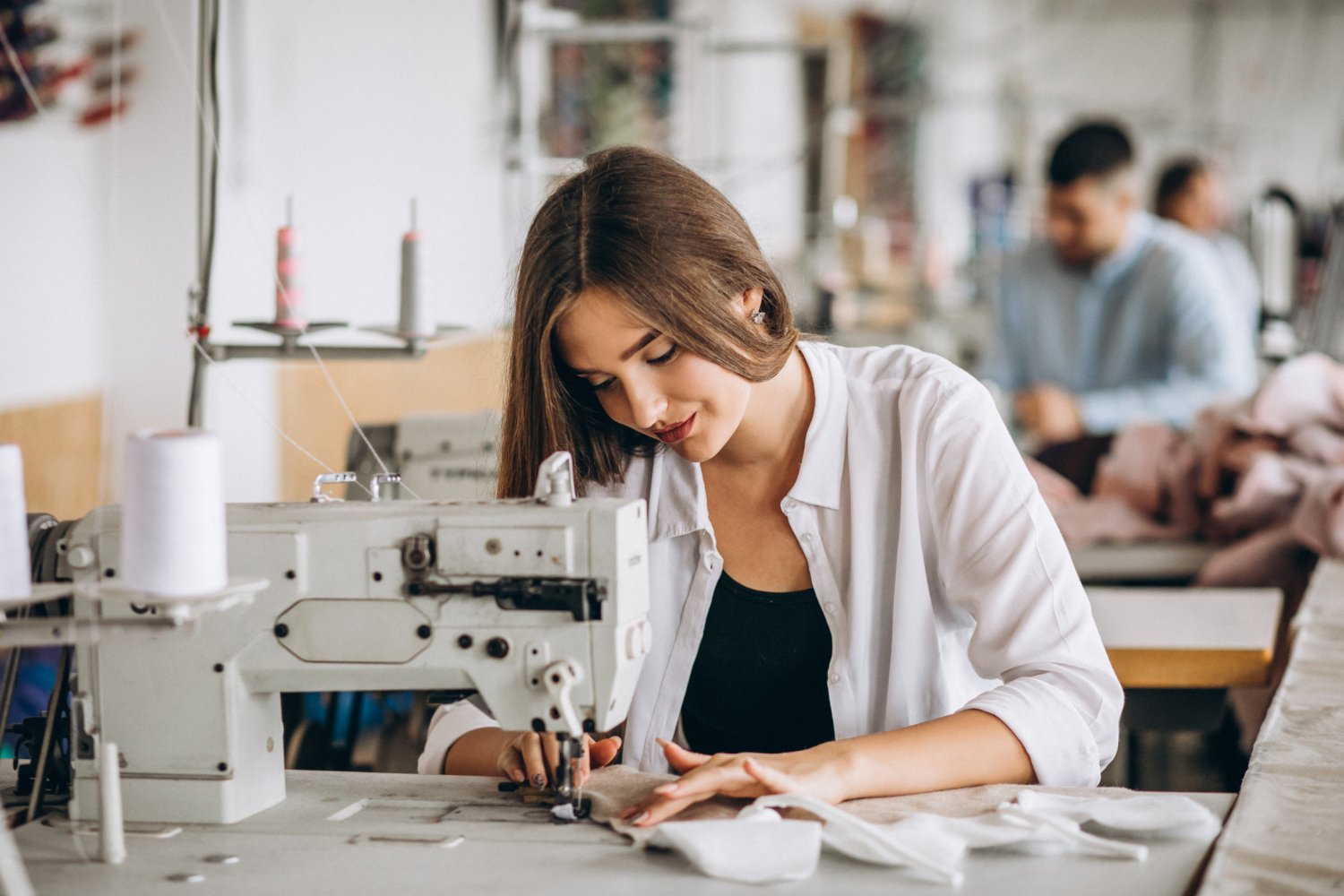Technology in this digital age, surrounded by bytes and pixels everywhere in our daily lives, is going to have strong effects on the clothes we wear. Traditional tools such as looms and sewing machines are giving way to innovations in soft robotics and artificial intelligence to make fabrics smarter and more functional. Technology has emerged to act as the principal driver of change in the garment and textile manufacturing industry.
In incorporating state-of-the-art technology into textiles and garments, there has been a sea change in how fashion is being designed, produced, and consumed. A fusion of technology with textiles opened new vistas of possibilities with innovative solutions and improvisation in the garment experience. Companies like T & A textiles & hosiery mills are at the forefront of this revolution, embracing these technological advancements to push the boundaries of what’s possible in fashion. In this article, we’ll explain some of the textile manufacturing industry innovations.
Cloud-Based Tools
Integrated digital tools have become an integral part of today’s garment and textile manufacturing. Cloud-based solutions improve much-needed communication and collaboration between manufacturers, buyers, designers, and their production units. This need for extensive traveling and meetings is considerably reduced as businesses connect digitally.
It ensures effective coordination, reduces lead times in the process, and thus smoothes the entire production process. Cloud-based tools update the same instant and provide smooth interaction that finally results in quick decision-making and enhances operational efficiency.
Data Analytics
More and more manufacturers rely on data analytics to fine-tune their operations and make key strategic decisions. Aggregating data from several sources gives them valuable insights into buyer preferences, factory performance, and production efficiency. These data, when properly analysed, would help in process optimization, increasing yields, and raising the speed of production timelines.
Knowledge of trends and performance metrics enables businesses to make data-driven decisions toward better efficiency and effectiveness. This allows manufacturers to deliver high-quality products quickly and respond to market demands with greater agility.
Materials Advancements in Textile Manufacturing
With recent advances in technology, great strides have been made in materials and printing techniques to make flexible, wearable 3D-printed textiles a reality. Traditional materials like ABS and PLA, initially developed for textile manufacturing and printing, have been joined recently by flexible filaments and, more recently, thermoplastic polyurethane. These innovations make 3D-printed components and fabrics more integrated, attaining hybrid textiles that merge the strengths of both technologies.
In this respect, flexible filaments and TPU offer better resistance and comfort for the production of textiles that have functionality and an appealing look. It opens up new design possibilities in the development of this material for the textile manufacturing industry, hence leading to much more innovative and versatile textile products.
Customization and Personalization
3D printing on textiles opens up fully new possibilities for customization and personalization. Compared to conventional methods of textile production, often coupled with high quantities whereby production is associated with a loss of individuality, 3D printing enables designers to create garments tailored to personal body shapes and style preferences. Such a high degree of customization not only empowers the wearer but also contributes to sustainability by producing clothes on demand and reducing overstock and waste.
In such a way, incorporating 3D-printed elements in textiles will help designers offer unique, highly personalised fashion solutions that serve individual tastes and needs. This marks a change in the sea of fashion designing, production, and consumption, into a future of personal expression being at par with environmental responsibility.
Prototyping and Smart Textiles
Prototyping in textiles shows how innovation opens up new frontiers for fabrics. It allows the discovery of new limits and the pushing of textile functionality to the extreme. Digital twin technology facilitates prototyping. It helps in making the process of prototyping easier and more efficient. This development also helps in marketing and gives the industry sustainability through the reduction of wastage and precise design accuracy.
Smart textiles represent the new generation of fabrics, whose nanotechnology has been integrated to allow them to react to changes in their environment. Some smart fabrics, for instance, are manufactured to be fireproof or self-cleaning. Developments like these not only enhance the performance of the textile manufacturing but also provide environmental sustainability through reduced energy consumption.
Conclusion
Overall, technological advances are dramatically changing the textile manufacturing industry. Consider 3D printing, smart textiles, and advanced prototyping methods: all these offer new opportunities in design and functionalities. It will further not only bring opportunities for more customization and performance but also sustainability, therefore leading the way toward a more efficient and cleaner future for textiles.
Read also: How to Choose Bedding That Complements Boho Decor?






